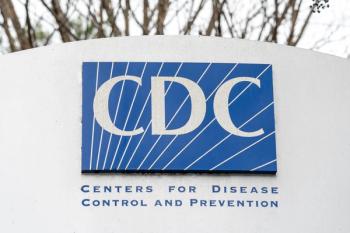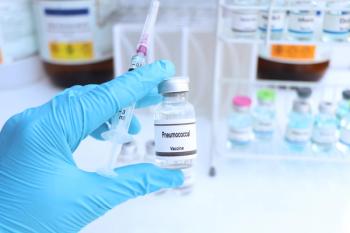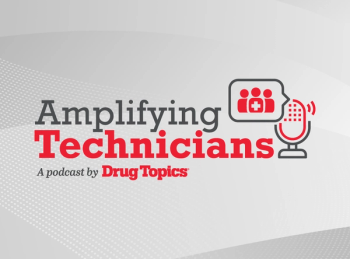
GLP-1s Effective as Adjunctive Therapy in Patients with T1D, Obesity | ADA 2025
Researchers explored patients with type 1 diabetes and overweight or obesity to understand the efficacy and safety of GLP-1s as adjunctive therapies.
Glucagon-like peptide-1 receptor agonists (GLP-1RAs) were safe and effective as adjunctive therapies for patients with type 1 diabetes (T1D) and overweight or obesity, according to an abstract presented at the American Diabetes Association 85th Scientific Sessions, held in Chicago, Illinois, from June 20-23, 2025.1
With significant reductions in weight as well as glycemic improvement, researchers determined GLP-1s as a safe an effective therapy to be used with insulin.
“Clinical research conducted over the past 30 years has established GLP-1RAs as a widely recommended class of glucose-lowering agents,” wrote authors of a study published in Molecular Metabolism.2 “The best representatives of this class are capable of lowering plasma glucose comparable to insulin regimens, but with a lower risk of hypoglycemia and the added benefit of weight loss.”
The first GLP-1RA approved for use in the US was exenatide (Byetta) in 2005 for patients with type 2 diabetes (T2D).3,4 Since then, several other formulations have received FDA approval, leading to research developments of multiple GLP-1s for treating people with overweight or obesity.
READ MORE:
While GLP-1 research has led to indications for treating diabetes, cardiovascular disease, and chronic kidney disease, weight loss has taken over as one of the most prominent indications for patients on GLP-1s. Wegovy (semaglutide) and Saxenda (liraglutide) are currently the only formulas approved primarily for weight loss, but other GLP-1s like Ozempic (semaglutide), Rybelsus (semaglutide), Victoza (liraglutide), and more have shown promising effects for people with overweight or obesity.5
“This systematic review and meta-analysis evaluated the long-term efficacy and safety of GLP-1RAs as adjunctive therapies for individuals with T1D and overweight or obesity,” wrote authors of the abstract.1
Exploring recent evidence of GLP-1RA efficacy and safety, researchers conducted a literature search spanning from June 2023 to January 2025. All included studies featured adults over 18 with T1D, a body mass index (BMI) of 25 kg/m2 or greater, and a GLP-1RA treatment regimen including insulin for at least 12 weeks. Researchers presented changes in body weight, HbA1c, and insulin dose as mean differences (MDs).
A total number of 13 research articles met the study’s final analysis.
GLP-1RA treatment led to a body weight reduction of 4.51 kgs and an HbA1c reduction of 0.25%. Among GLP-1s that achieved the greatest reduction in weight and HbA1c, semaglutide 0.92-1 mg and liraglutide 1.8-3 mg were the most successful.
Because of the adjunctive treatment of GLP-1RAs for patients already taking insulin, their doses of insulin reduced by a daily average of 7.24U. They also discovered that the adjunctive treatment regimen led to an increase in hypoglycemic episodes and a decrease in hyperglycemic episodes. Finally, while researchers did not identify any serious adverse events among the 13 studies, gastrointestinal-related reactions were most prominent with GLP-1RA treatment, such as nausea and vomiting.
“Given a similar, if not superior, effectiveness for HbA1c reduction with additional weight reduction and no intrinsic risk of hypoglycemic episodes, GLP-1RAs are recommended as the preferred first injectable glucose-lowering therapy for T2D, even before insulin treatment,” wrote authors of the Molecular Metabolism study. “However, GLP-1 RAs can be combined with (basal) insulin in either free- or fixed-dose preparations.”
With the ongoing developments surrounding GLP-1RAs for weight loss and diabetes, the current abstract serves as evidence of these medications’ ability to interact with other necessary agents. While these drugs have proven to be life-saving for patients with overweight, obesity, or T2D, support for their adjunctive use in patients with T1D is now beginning to circulate.
“GLP-1RAs are effective for body weight reduction and glycemic improvement in individuals with T1D and overweight or obesity, with acceptable safety profiles,” concluded authors of the abstract.1 “These findings provide evidence that GLP-1RAs can be effectively and safely used as adjunctive therapy to insulin in people with T1D, but further studies with potent agents and longer treatment durations are needed.”
Pharmacy practice is always changing. Stay ahead of the curve: Sign up for our
References
1. Purcell AR, Zhen XM, Glastras S. Glucometabolic outcomes in patients with concurrent overweight/obesity and type 1 diabetes following prolonged glucagon-like peptide 1 receptor agonist treatment—a systematic review and meta-analysis. Presented at: American Diabetes Association 85th Scientific Sessions; June 20-23, 2025; Chicago, IL.
2. Nauck MA, Quast DR, Wefers J, et al. GLP-1 receptor agonists in the treatment of type 2 diabetes – state-of-the-art. Mol Metab. 2020;46:101102. https://doi.org/10.1016/j.molmet.2020.101102
3. GLP-1 agonists. Cleveland Clinic. July 3, 2023. Accessed July 1, 2025. https://my.clevelandclinic.org/health/treatments/13901-glp-1-agonists
4. Phelan M. Innovators who fought to unlock GLP-1 drugs for obesity awarded Mani L. Bhaumik Breakthrough of the Year Award. American Association for the Advancement of Science. April 4, 2024. Accessed July 1, 2025. https://www.aaas.org/news/innovators-glp-1-obesity-bhaumik-breakthrough
5. Adkison J. Comparing Ozempic, Wegovy and other GLP-1 drugs. GoodRx. February 14, 2025. Accessed July 2, 2025. https://www.goodrx.com/classes/glp-1-agonists/glp-1-drugs-comparison
Newsletter
Pharmacy practice is always changing. Stay ahead of the curve with the Drug Topics newsletter and get the latest drug information, industry trends, and patient care tips.






































































































































